CALF MUSCLE TIGHTNESS AND PHYSIOTHERAPY TREATMENT :
Table of Contents
Calf muscle tightness is also known us TIGHT CALVES .
Introduction :
- Calf muscle tightness can be a sign of either overuse or mild injury.
- Tight muscles may result from overuse or cramps of the muscle .
- Calf tightness is also refers to stiffness and a lack of flexibility of calf muscle .
- Calf tightness can affect other areas of the body when moving, walking or exercising.
- Subsequently, the function of the ankle, foot and knee may be affected by calf tightness, potentially causing pain or injury.
- Patient feel pain and discomfort on that time .
- RICE principle, stretching & exercise are help to relive to claf tightness .
Anatomy of Calf Muscles :

- The calf muscle, on the back of the lower leg, is actually made up of two muscles:
- Gastrocnemius
- soleus
Gastrocnemius :
- The gastrocnemius is the larger calf muscle, forming the bulge visible beneath the skin.
- It is most superficial of the muscles
- Gastrocnemius muscle, also known leg triceps,
- 1 – lateral head
- It is originates from the lateral surface of the lateral femoral condyle
- 2- medial head
- It is originates from the posterior, non-articular aspect of the medial femoral condyle.
- Two heads of gastrocnemius , which together create its diamond shape.
Soleus :
- The soleus is a smaller, flat muscle that lies underneath the gastrocnemius muscle.
- The gastrocnemius and soleus muscles taper and merge at the base of the calf muscle.
- Tough connective tissue at the bottom of the calf muscle merges with the Achilles tendon.
- The Achilles tendon inserts into the heel bone (calcaneus).
Function:
- Calf muscles are responsible for plantar flexion the foot and ankle.
- During walking, running, or jumping, the calf muscle pulls the heel up to allow forward movement.
Which are the Causes of Calf muscle tightness ?
- Overuse of these muscles
- Cramps
- Muscle Strains
- Peripheral vascular disease (PVD)
- Deep vein thrombosis (DVT)
- Equinus, or limited range of motion in your ankle
- Dietary imbalances
- Dehydration
- Medication side effects
- Poor circulation
Overuse of these muscles :
- People who frequently exercise are at a higher risk of overusing the calf muscles.
- This can also occur when running or playing high-intensity sport .
Cramps :
- Cramp means the muscle suddenly and involuntarily contracts without relaxing.
- Marathon runners, triathletes, and older individuals who do lots of strenuous exercises may be at higher risk of developing muscle cramps
Muscle Strains :
- Exercise too vigorously can lead to the calf muscles contracting and abruptly lengthening, and this action produces calf strain
- Calf strains produce the calf tightness.
Peripheral vascular disease (PVD) :
- It is a blood circulation disorder that causes the blood vessels outside of your heart and brain to narrow, block, or spasm.
- It is typically produce pain , fatigue & tightness often in your legs.
Deep vein thrombosis (DVT) :
- It is a serious condition that occurs when a blood clot forms in a vein located deep inside your body.
- It is produce cramping pain in affected leg that usually in calf .
Equinus, or limited range of motion in your ankle :
- When the ankle joint lacks flexibility and upward, toes-to-shin movement of the foot (dorsiflexion) is limited, the condition is called equinus.
- Equinus is a result of tightness in the calf muscles
Dietary imbalances :
- It can be brought on by the inability of an individual’s body to take in and absorb specific nutrients or it may even result from a poor diet plan
- They lead to fatigue the body and tightness of muscle .
Dehydration :
- Dehydration takes place when your body loses more fluid than you drink.
- They lead to weakness in body and muscle fatigue .
Which Symptoms are common in Calf muscle tightness ?
- Sudden pain in the back of your calf or behind your knee
- Trouble standing on your tiptoes
- Pain, swelling, or bruising
- Pain, especially when resistance is applied to the muscles
- Difficulty flexing the toes
- Muscle fatigue in the calves
Special test of Calf muscle tightness :
Calf tightness test – Silfverskiöld test –
purpose :

- It is commonly used to identify isolated gastrocnemius contracture associated with several foot and ankle
Technique :
- It measures the dorsiflexion (DF) of the foot at the ankle joint (AJ) with knee extended & flexed to 90 degrees.
- The test is considered positive when DF at the AJ is greater with knee flexed than extended.
- The test is performed with the patient seated or in supine.
- Two hands are utilized to perform the technique, with one hand neutralizing and locking the subtalar (ST) joint and the other stabilizing the talonavicular (TN) joint and forefoot in order to isolate the ankle joint motion.
- With the subtalar joint (STJ) in neutral, forefoot is supinated and foot is dorsiflexed with knee in full extension.
- Measurement is taken of the DF range.
- Then the test is repeated with knee flexed at 90 degrees.
- Less dorsiflexion with a soft and spongy feel when the knee is extended, indicates a gastroc contracture and equally limited DF with the knee flexed and extended, points to either a soleal equinus or an osseous block.
Physiotherapy examination :
- Check the calf muscle tenderness on the muscle belly .
- Decreased forefoot clearance on heel walking
- Diffuse planter forefoot callosity
Complications :
1 -Calf pulls

- A pulled calf muscle refers to strains within the two muscles in the lower back of your leg that make up your calf. They’re called the gastrocnemius and soleus muscles.
- When a strain occurs, muscle fibers are torn to some degree.
- A pulled calf muscle happens when your internal muscles are overstretched from exercise.
2 -Shin splints
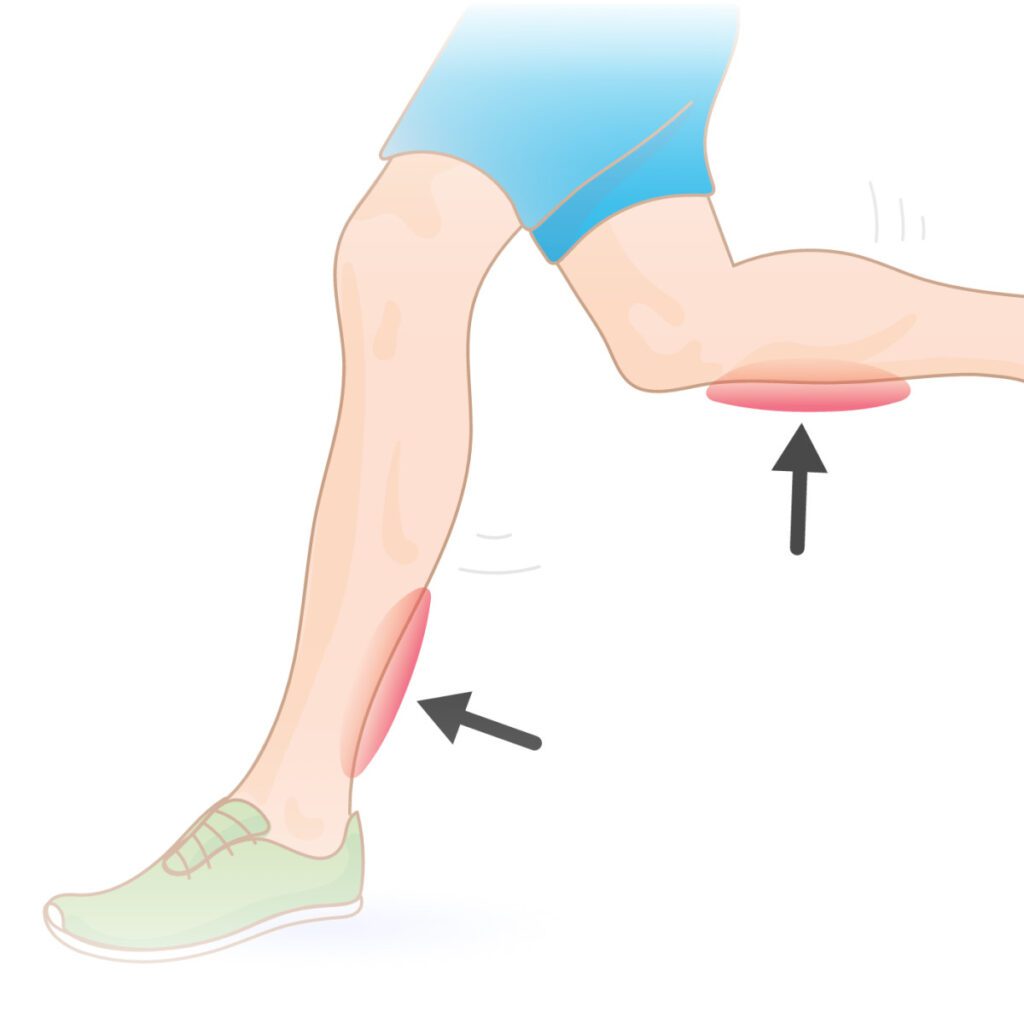
- A shin splint, also known as medial tibial hematoma is pain along the inside edge of the shinbone due to inflammation of tissue in the area.
- Generally this is between the middle of the lower leg and the ankle.
- The pain may be dull or sharp .
3 – Compartment syndrome :

Compartment syndrome occurs when the pressure within a compartment increases, restricting the blood flow to the area and potentially damaging the muscles and nearby nerves.
4 -stress fractures

- Mostly calf tightness relive by home treatment [ RICE & stretching ]
- But if not relief the pain may be due to complication
- On that time as soon as possible meet the doctor .
STRETCHING Exercise for relive the Calf muscle tightness :
1 .calf muscle stretch with or without a wall :

There are two general techniques for stretching the calf muscles. One requires a wall, and the other does not.
With a wall :
- Step 1: Stand about an arm’s length in front of a wall. Place the right leg in front of the left. Reach both arms to the wall.
- Step 2: Press the back (left) heel into the floor and straighten the back leg while keeping the front leg bent. Hold this position for 15–20 seconds.
- Step 3: Repeat the stretch on the opposite side.
Without a wall :
- Step 1: Place the right leg in front of the left leg.
- Step 2: Shift the body’s weight on to the front (right) leg, while keeping the back heel pressed into the floor. Hold this position for 15–20 seconds.
- Step 3: Repeat the stretch on the opposite side.
Tips :
- A person should feel the stretch down their calf muscle and into their heel. If this is not the case, slide the back leg further away until you feel the stretch.
- Avoid arching the back when performing this stretch.
2 .Heel cord stretch with bent knee :
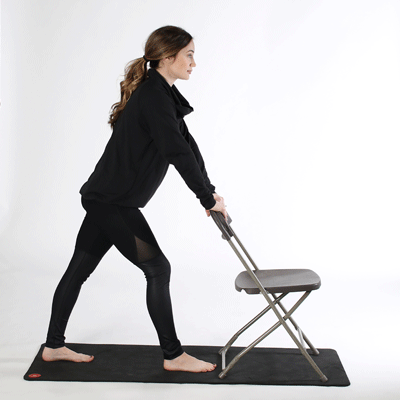
- This stretch requires the use of a wall.
- Step 1: Stand with the right leg in front of the left leg.
- Step 2: Lightly bend the back (left) knee and point the toes inward a little. Press both hands against the wall.
- Step 3: Keeping both heels flat on the ground, press the hips toward the wall. Hold the position for 30 seconds.
- Step 4: Repeat the stretch on the opposite side.
Tips :
When performing this stretch, try to keep the hips centered over both feet and avoid leaning to one side .
3 . Towel Stretch :

- This stretch requires a hand towel.
- Step 1: Sit on the floor with both legs straight out in front.
- Step 2: Loop the hand towel around the ball of one foot. Hold both ends of the towel.
- Step 3: Keeping the legs straight, pull the towel toward the body, and hold the position for 30 seconds. Then, relax for 30 seconds.
- Step 4: Repeat the stretch three times, then do the same on the other side.
Tips :
- Control the intensity of the stretch by pulling harder on the towel, if necessary.
- The back should be straight for the duration of the stretch.
4 .Calf raises :

- This requires a tabletop or chair for support.
- Step 1: Stand with equal body weight on each foot. Hold on to a tabletop or the back of a chair for balance.
- Step 2: Bend the right knee and lift the right foot. The left foot should take all of the body’s weight.
- Step 3: Keeping the left leg straight, raise the left heel as high as possible. Lower it, and repeat this movement 10 times.
- Step 4: Switch to the opposite side.
5 .Plantarflexion and ankle dorsiflexion :
- These exercises require the use of an elastic stretch band that provides comfortable resistance.
- Each stretch can help strengthen the calf muscles, providing better support for the lower leg, foot, and ankle. Strengthening these muscles can also help prevent injuries.
Dorsiflexion stretch :

- Step 1: Sit on the floor with legs straight out in front.
- Step 2: Anchor the elastic band tightly around a stable piece of furniture, such as a heavy chair or table. Wrap the opposite end of the band around the foot.
- Step 3: Pull the toes toward the body, then slowly return them to the starting position.
- Step 4: Repeat the movement 10 times, then change to the opposite side.
Plantarflexion stretch :

- Step 1: Sit on the floor with the legs straight out in front.
- Step 2: Wrap one end of the elastic band around one foot, and hold the opposite end.
- Step 3: Gently point the toes forward, then slowly return to the starting position.
- Step 4: Repeat this movement 10 times, then change to the opposite side.
5 . Down dog calf stretch :

- Lie down on a yoga mat, then push your body up so you’re on all fours.
- Straighten your arms and legs, and raise your hips into the air, forming an upside-down V with your body. Your knees and elbows should be straight.
- Slowly lift one foot off the ground and place it on the opposite ankle.
- Gently lower the heel of your lower foot to the ground or as close as you can comfortably get.
- Slowly raise your heel so you’re back on the ball of your foot again.
- Repeat as part of your warmup routine 10 to 15 times on each leg.
- Ease into all stretching slowly and steadily. Bouncing or stretching too fast may injure your muscles.
Stretching may feel uncomfortable at first, but it shouldn’t hurt. Start with holding a stretch for a short period of time and work up to longer sessions.
Medical treatment :
- When the pain severe and tightness severe , give to the patient nonsteroidal anti-inflammatory drugs (NSAID) such as ibuprofen and naproxen.
Massage therapy to Relieve Calf muscle tightness :

- In massage give to the patient hands to manipulation of the muscles and soft tissues by a massage therapist
- Apply to the various method such as
- Effleurage (long smooth strokes)
- Petrissage (kneading, rolling, and lifting)
- Friction (wringing or small circular movements)
- Circular massage
- It is reduce muscle pain and tension .
RICE Principles :

- Rest, ice, compression and elevation (RICE Principle) routine has been found to be effective in treating the symptoms of calf tightness in the hours after they arise
- IT IS helping to reduce muscle damage
- Use THE an ice pack for 20 minutes every two hours while resting and elevating the leg.
- A compression bandage may help reduce bleeding and swelling under control.
- Elevating the area can further help reduce swelling.
Prevention tips :
- Warm up before stretching and other exercise.
- A slow walk or jog for a few minutes should be enough to get the blood flowing.
- Check out your shoes , shoes provide adequate support;
- Wear compression sleeves. They may help promote better blood flow to your muscles and temporarily relieve pain during motion.
- Receiving massage between regular physical activity, and building muscle strength and fitness.
- Stay hydrated. Drink plenty of water throughout the day. Eat a well-balanced diet that includes sources of calcium, potassium, and magnesium.




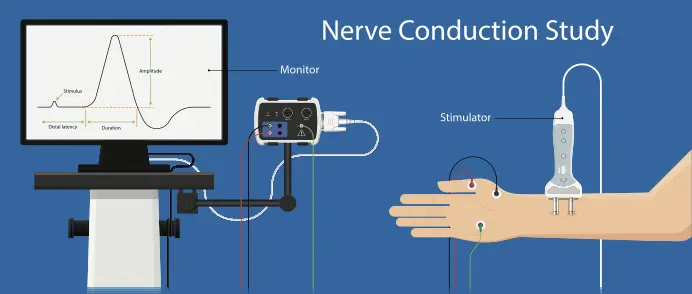
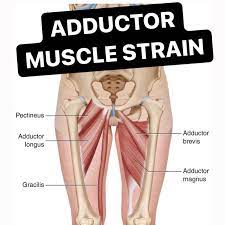
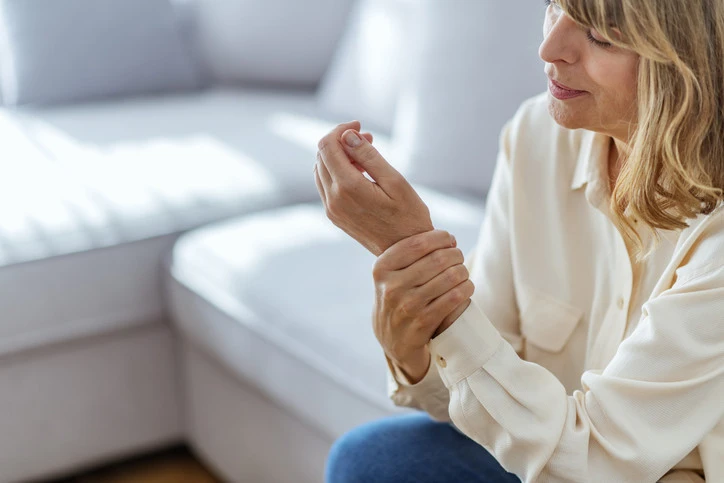
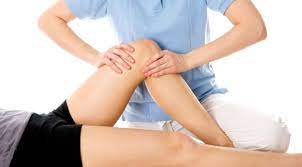
2 Comments